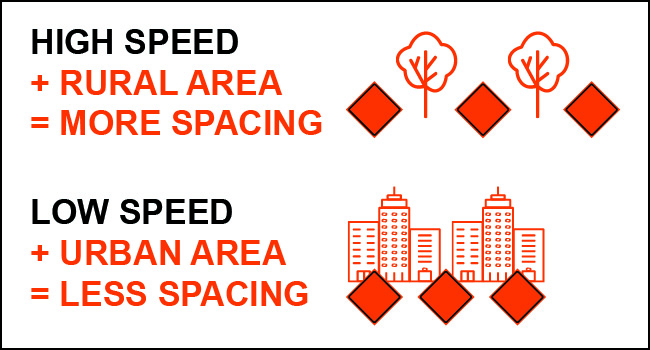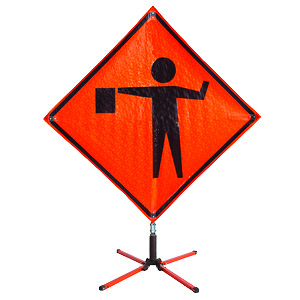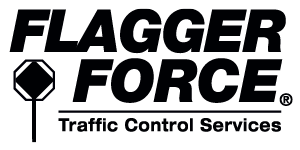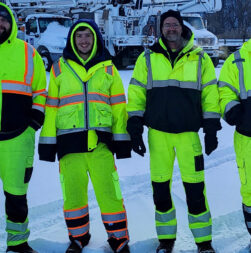Communicating to busy and often distracted motorists before and within a work zone is crucial to keeping our communities moving safely. Signage is not only a required part of a standard work zone, it’s how we first connect to the traveling public and guide them safely through all types of changes and hazards along their route. To better understand how we use this special “sign language,” let’s take a deeper look into the types of signage used and where it will be encountered.
I SEE A SIGN—WHERE’S THE WORK ZONE?
There are federal guidelines that set the minimum standards for signage and the placement of it. All states must meet these federal requirements, but some create their own state standards with the intention to go beyond the federal standards or to address their own specific focus areas. As a result, signage placement and types vary from state to state. This variance is a potential challenge for both traffic control providers and the traveling public; however, there is a common rule of thumb that can be universally applied: speed + area density = sign spacing. Here’s the breakdown:

It makes sense when you think about it. If you’re traveling at a higher rate of speed, you would need more time to process the communication and to understand what you’re about to encounter. If you’re traveling at a lower rate of speed, you have fewer distractions and would more likely be able to spot and comprehend any advanced warnings that are placed closer to an upcoming work zone. Knowing this common theme helps us to prepare for the unknowns that may lie ahead. This general approach to sign spacing is also what you should look for when evaluating the quality of a traffic control partner.
I SEE A SIGN—WHAT IS IT TELLING ME?
Another factor that plays a major part in understanding sign communication, is meaning. As a society, we are bombarded with messages daily. How can we possibly be expected to see and comprehend all of the important signage guiding our paths? The answer—color. Though each sign carries a specific meaning through words and symbols, the color of the sign is the first clue to its meaning.
Let’s think about all of the signs we encounter when traveling on roadways. There’s a common theme among most—red signs mean stop; yellow signs mean use caution; green signs mean there’s an exit ahead; and white signs are regulatory, like speed limit signage. The traffic control industry color is orange. This color is an advanced warning—even traffic cones are orange and carry a warning message all on their own. What types of orange advanced warning signs do we use? Our signage falls into three different categories: 1) warning, 2) advisory, and 3) direction.

Warning signs, are generally the first indication of a work zone—alerting motorists to expect a change in their travel path. The second sign they’ll come across is an advisory sign. These tell the motorist more details about the change and give them an idea of what type of action they’ll need to take next. The last sign seen is the directional sign. This is the point at which the action occurs. This type of sign directs traffic through a work zone—safely guiding motorists to the other side.
QUALITY COMMUNICATION FOR THE WIN
A quality work zone setup includes the correct sign choice in the correct order as specified by the federal and state level standards. Applying consistent and correct communication within the work zone is a hallmark of good traffic control that keeps the traveling public safer and our communities moving.



